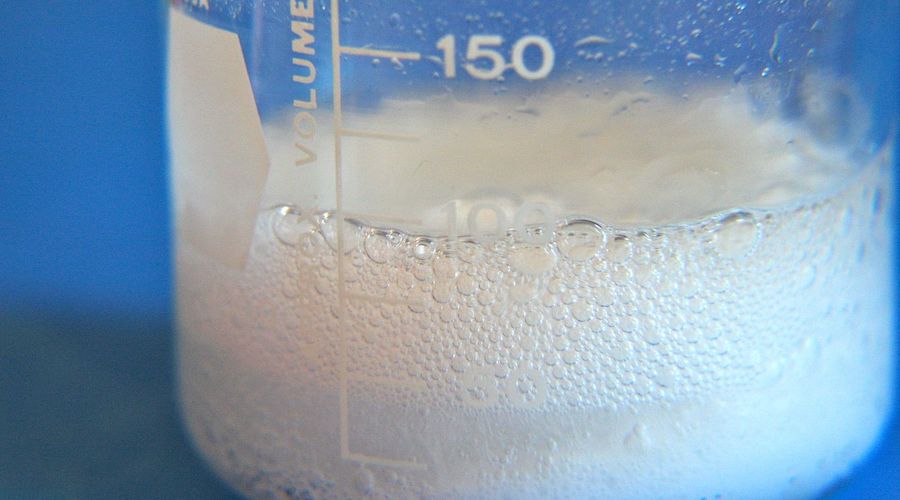Baking soda may be a solution for storing hydrogen safely

There’s an online meme that says, “One day you’re young, and the next you’re using baking soda for everything,” from cleaning the kitchen to treating sunburn.
That seems to be the case of a team of researchers at the Pacific Northwest National Laboratory (PNNL) who recently coauthored a paper that investigates a baking soda solution as a means of storing hydrogen.
To date, there is no completely safe, cost-effective, and energy-efficient way to store hydrogen at large scales. But baking soda could be the ticket. This mild, cheap sodium salt of bicarbonate is non-toxic and earth-abundant.
In detail, the PNNL team is investigating the hydrogen energy storage properties of the long-studied bicarbonate-formate cycle. Formate is a safe, mild liquid organic molecule.
Here’s how it works: Solutions of formate ions (hydrogen and carbon dioxide) in water carry hydrogen based on non-corrosive alkali metal formate. The ions react with water in the presence of a catalyst. That reaction makes hydrogen and bicarbonates―the “baking soda” researchers admire for its absence of environmental impacts.
With the right mild tweaks in pressure, the bicarbonate-formate cycle can be reversed. This provides an on-off switch for an aqueous solution that can alternately store or release hydrogen.
Before baking soda, the PNNL hydrogen storage team looked at ethanol as a liquid organic hydrogen carrier, the industry’s blanket term for storage and transport media. In tandem, they developed a catalyst that releases the hydrogen.
The word is spreading
In the world of hydrogen storage research, the bicarbonate-formate cycle has created a buzz for quite some time.
The cycle is built on an aqueous storage solution so mild it “looks like water,” Thomas Autrey, co-author of the recent study, said in a media statement. “You can put out a fire with it.”
But for formate-bicarbonate salts to become a viable means of storing hydrogen energy, researchers must still develop economically feasible scenarios. So far, the technology stores hydrogen at only 20 kilograms per cubic meter, compared to liquid hydrogen’s industry standard of 70.
More fundamentally, said Autrey, scientists need a systems-level understanding of the required electrochemistry and catalysis. In engineering terms, to date, the idea of a workable bicarbonate-formate cycle has a low technical readiness level.
“If we solve the catalysis problems,” he added, “we could get some real interest.”
On the plus side, the salt solutions under consideration at PNNL release hydrogen upon reaction with water. They also operate at moderate temperatures and low pressures.
In theory, the bicarbonate-formate cycle “represents a feasible green alternative for storing and transporting energy from hydrogen,” the recent paper states.
The baking soda idea is also at the heart of what the article calls “several urgent scientific challenges.”
Among them are how to make a hydrogen storage media from captured excess carbon dioxide. And even to use the same media to store electrons, which offers the promise of direct formate fuel cells.
{{ commodity.name }}
{{ post.title }}
{{ post.date }}

Comments